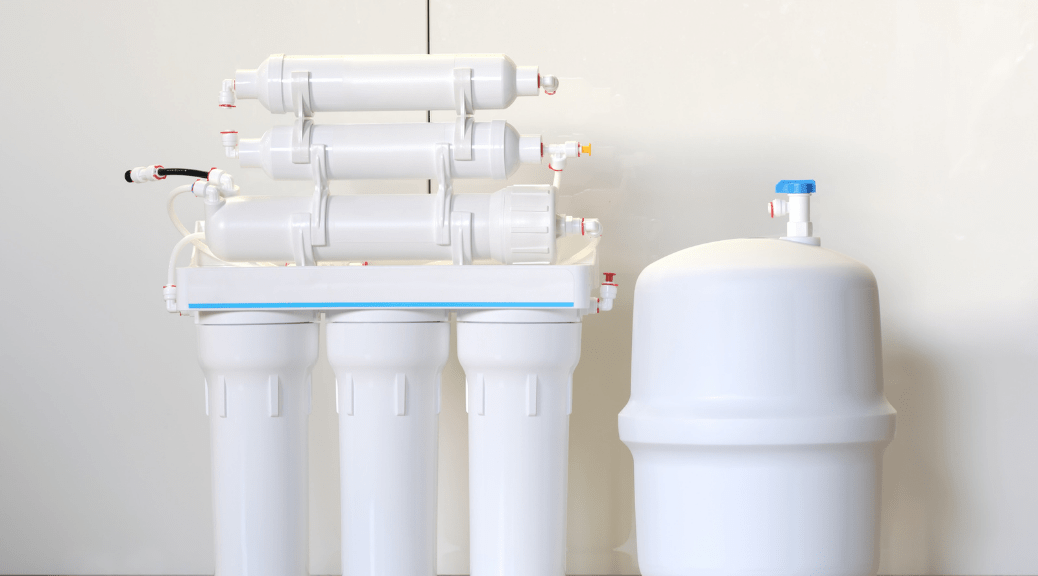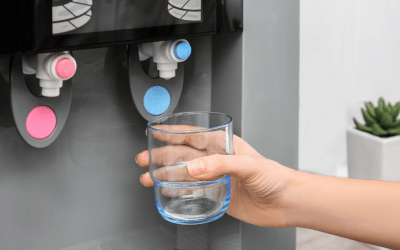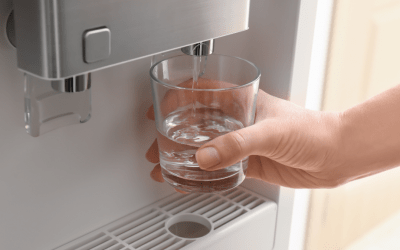Buying Guide: Types of Water Purifiers – RO, UV, UF and Candle Filter

Some of us boil water before drinking it; some of us are resigned to buying packaged water regularly; and some of us invest in water filters and water purifiers. The last mentioned is a relatively expensive proposition but consumers are opting for it because it is considered to be the best bet against unsafe or contaminated water. The market for water purifiers – ranging from simple filters and gravity-based purifiers to those with latest technologies such as Reverse Osmosis (RO), Ultrafiltration (UF) and Ultraviolet (UV) and their combinations – is growing tremendously and various brands are available in each category.
Predictably, this vast range has also increased the complexity of buying the right purifier, whether for your home or office. Be that as it may, how many of us realize that the water purifier we buy should be as per the quality of water supplied in our homes/offices? Do we know what impurities are removed by which type of water purifier? Do we even know what these impurities are? The first thing you need to choose is the water-purification method, and knowing the quality of water in your area will help here. Also, know that some technologies involve wasting a lot of water to recover pure water, while those that involve less or no wastage may not be the best suited for the water in your area. The following guide will help you sort out the various parameters that you may want to assess before making a purchase.
Having done the first round of research, you will have to first decide which water-purification method works best for your needs and also suits your preferences. Let’s do a quick recap.
RO PURIFIERS OR REVERSE OSMOSIS PURIFIERS
RO technology pushes the water molecules from a region of higher TDS level to one of lower TDS level by applying external pressure with the help of a water pump to reverse the natural flow of water. Water with impurities or high TDS is pumped at high pressure into the RO chamber, and this pushes the water molecules across the semi-permeable membrane to the other side while leaving the dissolved solids and other impurities behind. All the dissolved solids and impurities along with some input water, also known as RO wastewater, are discharged through a separate outlet.
The Bureau of Indian Standards (BIS) has specified the maximum TDS limit for safe drinking water as 500 ppm (500 milligrams per litre). There is absolutely no need to use an RO purifier if the TDS level is below 300 ppm. If your water source has low TDS, then the RO purifier will further reduce it to a very low TDS level. This means the purified water will then be devoid of essential minerals like calcium and magnesium which are required for our good health. Very low TDS may also not be acceptable to consumers due to its insipid taste.
RO purifiers are therefore recommended for purifying water that has high TDS level. However, there is also the fact that a significant part of the input water is discharged along with the dissolved impurities, which results in unnecessary wastage of water. On an average, RO purifiers produce 3 litres of wastewater for every 1 litre of purified water.
UV WATER PURIFIERS OR ULTRAVIOLET PURIFICATION
This technology uses ultraviolet rays for the purification of water. A UV purifier works by throwing high-intensity UV rays on the water which kills or inactivates the disease-causing bacteria and viruses. However, UV purifiers cannot remove any dissolved or undissolved impurities or chemicals from water. Because of this, most of the UV purifiers that are available in the market use some form of external sediment pre-filters to remove undissolved impurities and an activated carbon filter to remove chlorine and some dissolved impurities.
UV water purifiers are only recommended for areas where the water source has low level of TDS. If the water has low TDS level but is contaminated with bacteria and viruses and appears muddy, then you can use a UF+UV water purifier.
UF WATER FILTERS OR ULTRAFILTRATION (UF)
Ultrafiltration uses a semi-permeable membrane with much larger pores (approximately 0.01 microns) as compared to an RO (which has very small pores, of approximately 0.0001 microns).
The advantage of UF purifiers is it can work without electricity because the membrane has much larger pores and water can pass through it naturally using the force of gravity. This means no external pressure or water pump is required. Since UF purifiers do not hold back any water, there is no wastage of water.
There are some limitations, though. Because of the larger pore size, UF can only remove undissolved solids and larger impurities. It cannot remove the dissolved solids or reduce the TDS level. So, UF purifiers are not suitable for purification of high TDS water or hard water.
CANDLE WATER FILTERS OR GRAVITY BASED PURIFIERS (CANDLE FILTERS)
Gravity based purifiers work on the gravitational force from higher compartment to lower compartment. These are simplest to use and provide the most basic water purification. These filters generally comprise of sediment or sediment + activated carbon filters that can remove large and undissolved impurities like mud and sand along with some chemicals and microorganisms.
There are ceramic candle-based filters with two stainless-steel containers where the upper container is fitted with ceramic candles. The candles are impregnated with a silver solution that acts as a strong repellant against pathogenic bacteria. It is considered to be the safest conventional water filter as per Consumer VOICE’s repeated studies.
Although water-purifier makers try to differentiate their products from competitors, most of them actually use a mix of three major purification approaches – Reverse Osmosis (RO), Ultraviolet (UV) and UF (ultrafiltration).
WHICH TYPE OF WATER PURIFIER TO BUY?
- RO systems are useful where the TDS levels are above 500 ppm and water hardness is on the higher side. If the municipal water supply is quite satisfactory and has permissible TDS levels (below 500 ppm), RO purifiers are not required – UV purifiers should be used instead.
- You may get your water tested. It will help you make a decision based on facts and figures. If the water has a very high amount of magnesium, fluoride, nitrates or calcium salts, RO purifier will be the best for you.
- If the water supplied at your location is highly contaminated (with microbes, bacteria and virus) and is dirty as well, RO/UF + UV purifiers are the best solution. The UV rays destroy the microbes and the RO/UF filters out their dead bodies and other contaminants.
The presence of bacteria and pathogenic (disease-causing) organisms is a concern when considering the safety of drinking water. Pathogenic organisms can cause intestinal infections, dysentery, hepatitis, typhoid fever, cholera and other illnesses. Water may also be contaminated with pesticides and arsenic.
HOW TO USE RO DISCARDED WATER?
A high percentage of water wastage is a major cause for worry. If you are using a RO water purifier at your home or office, you can consider the following options to reuse the wastewater.
- Test the TDS in the wastewater stream. If the TDS is below 1,000 ppm, you can use the water in your plants.
- Alternately, mix some of that water with tap water to mop the house. Make sure you dilute it with tap water because if the TDS is high and you use just the RO waste to mop the floor, you may see some salt deposition after the water dries.
- You can use the wastewater to clean the sewage pipe at home or kitchen because of its saline nature.
- You can use it to flush toilets.
Related
Water Purifiers: An Everyday Necessity
Water Purifiers: An Everyday Necessity Bacteria and viruses are not visible to the naked eye but they are the major causes for water borne diseases....
How to choose the best water purifier
How and What to ChooseSome of us boil water before drinking it; some of us are resigned to buying packaged water regularly; and some of us invest in...


